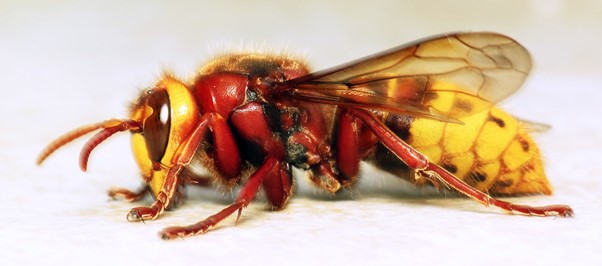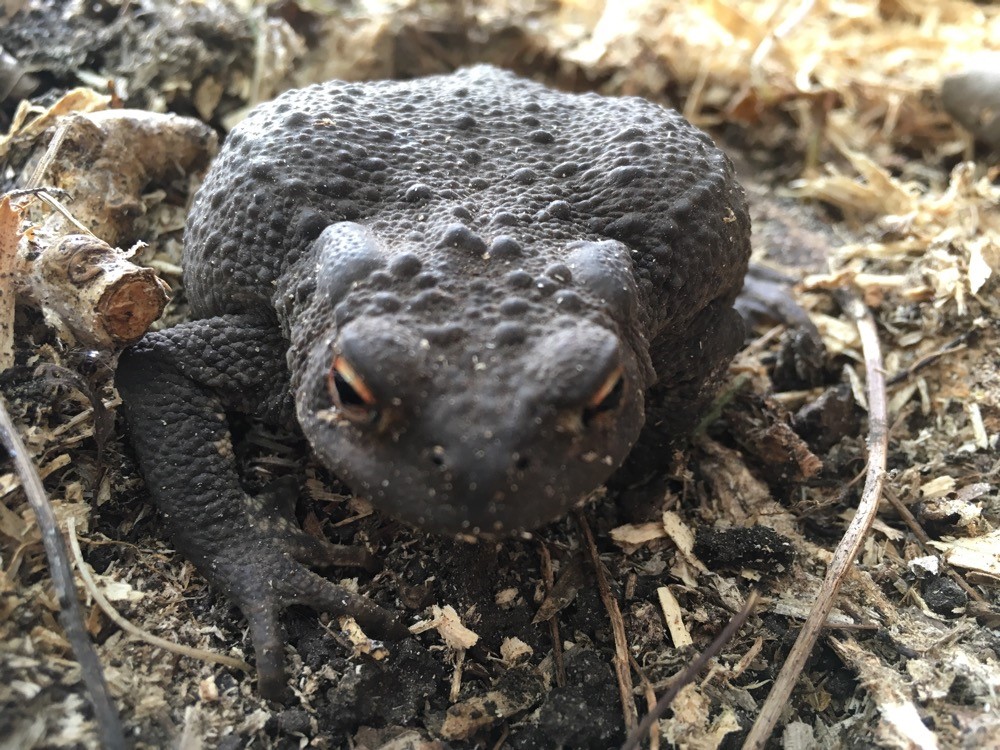Top 10 Moth Trap Intruders
Top 10 Moth Trap Intruders
by Dan Asaw
Moth trap intruders is a term given to any ‘non moth’ found in a light trap. The term 'Bicatch' is thrown around a lot, but in reality these are absolute treasures to find. I’m a beetle guy at heart so I am always interested in the beetles that appear and some of them are incredibly hard to find without the help of a light trap. The sheer diversity of what a ‘Moth trap intruder’ has only really recently been fully appreciated through the use of ‘The moth trap intruders’ facebook page, the brain child of Steven French. Here the community works together with our collective knowledge to try and work out what on earth people are finding- and this can be anything from parasitic wasps wasps to frogs.
Things appear for all kinds of reasons, some are actively attracted to light, some appear for the free lunch buffet of moths and others quite simply are just a little lost…
There have been some ridiculous appearances form all kinds of animals. I was asked recently what our top 10 Moth trap intruders are so after a bit of thinking, here they are:
10. Unarmed stick insect (Acanthoxyla inermis)

In the UK finding a stick insect is enough of a surprise, let alone in a moth trap. These have popped up in Cornwall and Devon in a few moth traps. This species has been within the UK since the 1920’s after being introduced form New Zealand in inportaed ‘exotic’ plants for nurseries.
It’s by no means common and probably isn’t attracted to the light directly but its an interesting intruder none the less.
9. The European hornet (Vespa crabro)
 These occur regularly in traps in late summer and get a lot of flack from moth trappers. People are often very wary of these mammoth sized communal wasps. The truth is, although they are formidable predators (and are known to make a light snack ut of some of the moths they appear with, they are incredibly docile in comparison to their smaller relatives. They were recently in decline but seem to be making a bit of a comeback. I just think they are really cool and that flash of colour in the bottom of a moth trap is always welcome in my eyes.
These occur regularly in traps in late summer and get a lot of flack from moth trappers. People are often very wary of these mammoth sized communal wasps. The truth is, although they are formidable predators (and are known to make a light snack ut of some of the moths they appear with, they are incredibly docile in comparison to their smaller relatives. They were recently in decline but seem to be making a bit of a comeback. I just think they are really cool and that flash of colour in the bottom of a moth trap is always welcome in my eyes.
Image: Martin Cooper
8. The black sexton beetle (Nicrophorus humator)
 By far the most common of the carrion beetles found in traps- and these things are huge.
By far the most common of the carrion beetles found in traps- and these things are huge.
By day they dig round in corpses where they feed and reproduce, but by night these absolute tanks take to the air and land, with a thunk, in light traps. They can be found all year, with records appearing as early as early February.
Unfortunately they can cause a stink. But I have a lot of time for these as without them we would be knee deep in corpses.
Image: Nick Goodrum
7. Birds
I’ve lumped these together because we get all sorts appearing on the page, obviously there for a morning meal. The early bird gets the worm and all that… Notable mentions include Blue tits, great tits wrens and robins who like to startle moth trap users when they empty the trap in the morning…
6. Minotaur beetles (Typhaeus typhoeus)
 Another huge beetle that likes the light that moth traps emit. One of the large earth boring dung beetles (Geotrupidae), they are found wherever there’s dung, but favour better drained soils so they don’t get water logged.
Another huge beetle that likes the light that moth traps emit. One of the large earth boring dung beetles (Geotrupidae), they are found wherever there’s dung, but favour better drained soils so they don’t get water logged.
Males have this incredible headgear that they use to protect their burrows, which can be over a metre long. Females are equally big but don’t need to go to the effort to impress with horns and instead have some dainty points instead.
Image: Stephen Barlow
5. Yellow necked mouse (Apodemus flavicollis)
 Despite being a beetle fan through and through, I’m a sucker for a rodent, especially one that sees an opportunity (A fully stocked pantry of moths) and takes it.
Despite being a beetle fan through and through, I’m a sucker for a rodent, especially one that sees an opportunity (A fully stocked pantry of moths) and takes it.
Yellow necked mice are found across most of the south of England and is associated with long established woodland sites, but makes the occasional appearance in woodlands and hedgerows.
In a world of insects its nice to see the odd mammal at the bottom of a trap.
Image: D. Holbern
4. Chlaenius vestitus
 A really nice ground beetle found in wetland areas. There are three other similar species in the UK but this is the only one that seems to appear in moth traps.
A really nice ground beetle found in wetland areas. There are three other similar species in the UK but this is the only one that seems to appear in moth traps.
It’s a decent size for a beetle (9-11mm) and those colours are fabulous, look out for these April to August!
Image: Siga (CC)
3. Toads
 We’ve seen a few examples of toads appear in traps, but they are by no means a common intruder. Clearly they are not actively attracted to light and instead appear for the smorgasbord of invertebrates that are. What I love about toads is their tendency to jump out at the opportune moment, catching moth moth trappers of guard. Nothing can prepare you for an amphibian projectile first thing in the morning whilst casually identifying moths!
We’ve seen a few examples of toads appear in traps, but they are by no means a common intruder. Clearly they are not actively attracted to light and instead appear for the smorgasbord of invertebrates that are. What I love about toads is their tendency to jump out at the opportune moment, catching moth moth trappers of guard. Nothing can prepare you for an amphibian projectile first thing in the morning whilst casually identifying moths!
Image: Keiron Brown
2. The bombardier beetle Brachinus crepitans
 One of the UK’s bombardier beetles, a group of ground beetles that shoot chemicals out of their rear end as a defence mechanism. Brachinus does this with a bitter irritant which manifests as puffs of smoke when its handled.
One of the UK’s bombardier beetles, a group of ground beetles that shoot chemicals out of their rear end as a defence mechanism. Brachinus does this with a bitter irritant which manifests as puffs of smoke when its handled.
Historically it was a coastal species but in the last 5 or so years has started to spread in distribution.
Look out for it in traps when night air temperatures are over 20 Degrees C which is when it takes flight.
Image: Gail Hampshire
1. Antlions
 It turns out there is a sizable population of Antlions in Suffolk, which was first confirmed in the 1930’s.
It turns out there is a sizable population of Antlions in Suffolk, which was first confirmed in the 1930’s.
They prefer sandy soil and have a larval stage that digs pits which it uses to trap and eat its prey- ants!
The larvae are cool in their own right and even acted as inspiration for one of the Starwars most iconic creatures- the Sarlac.
Adults in comparison are these beautiful damesellfy like creatures with long patterned winds, but are easily separated by having obvious antennae (which Dragonflies and damselflies lack).
Until recently I didn’t even know these occurred in the UK!
If you have any unidentified moth trap intrudors...
...or even something interesting we are always happy to hear at Moth Trap Intruders
. We are also trying to generate meaningful biological records through the use of our iRecord activity.For anything beetle based I’ve also written a guide to help with identification:
And if you fancy a more indepth run down of beetles attracted to light heres a Natural History Live Talk I hosted in February:
- Anonymous's blog
- Log in or register to post comments



